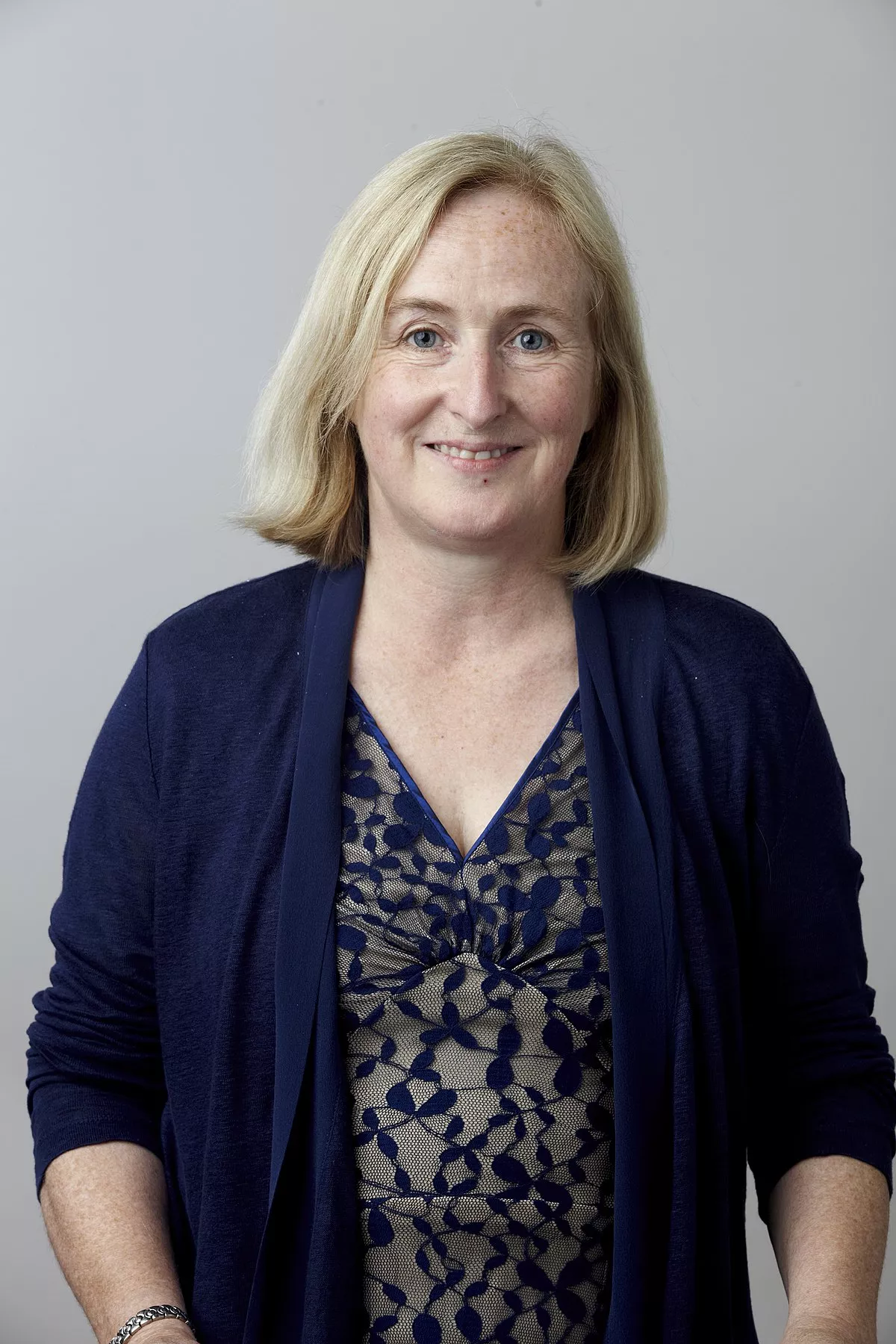 1.
1. Dame Amanda Gay Fisher is a British cell biologist, Whitley Professor of Biochemistry at the University of Oxford and former Director of the Medical Research Council London Institute of Medical Sciences at the Hammersmith Hospital campus of Imperial College London, where she was Head of Department at the Institute of Clinical Sciences.